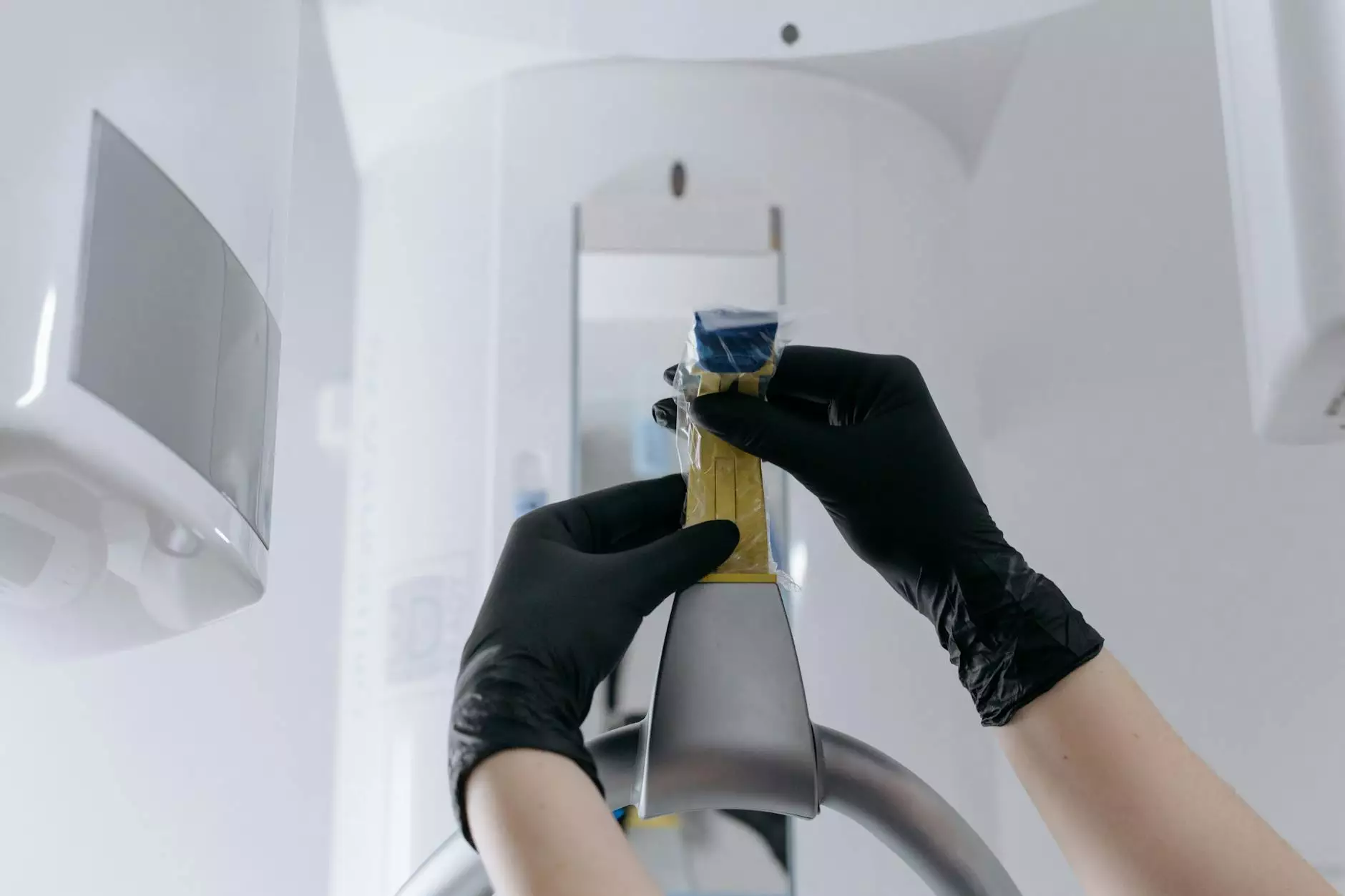Laparoscopic Bilateral Salpingo-Oophorectomy: A Comprehensive Guide

Introduction to Laparoscopic Surgery
The field of gynecology has witnessed tremendous advancements in surgical techniques, notably with the introduction of laparoscopic procedures. One such significant procedure is the laparoscopic bilateral salpingo-oophorectomy, which involves the removal of both ovaries and fallopian tubes using minimal invasive techniques. This article aims to provide an extensive overview of this surgery, its reasons, process, benefits, and recovery.
Understanding the Anatomy: Ovaries and Fallopian Tubes
Before diving deeper into the specifics of the laparoscopic bilateral salpingo-oophorectomy, it is crucial to understand the anatomy involved. The ovaries are small almond-shaped organs responsible for producing eggs and hormones such as estrogen and progesterone. The fallopian tubes extend from the uterus to the ovaries and are the pathways through which eggs travel. Any surgical procedure involving these organs necessitates a comprehensive understanding of their anatomy and functions.
Reasons for Performing a Laparoscopic Bilateral Salpingo-Oophorectomy
There are several indications for performing a laparoscopic bilateral salpingo-oophorectomy. Here are the most common reasons:
- Ovarian Tumors: The presence of benign or malignant tumors may necessitate removal.
- Endometriosis: A condition where the tissue that normally lines the uterus grows outside of it can lead to severe pain and infertility.
- Ovarian Cysts: Large or persistent cysts can cause discomfort and require surgical intervention.
- Prophylactic Surgery: Women with a high genetic predisposition to ovarian or breast cancer (such as BRCA mutation carriers) may opt for preventive surgery.
The Procedure: How Laparoscopic Bilateral Salpingo-Oophorectomy is Performed
The procedure of a laparoscopic bilateral salpingo-oophorectomy is typically performed under general anesthesia in a hospital setting. The process generally involves the following steps:
- Anesthesia: The patient receives general anesthesia to ensure comfort throughout the surgery.
- Incisions: The surgeon makes several small incisions in the abdomen to insert a laparoscope—a thin, lighted tube with a camera—and the instruments needed for the surgery.
- Visualization: The laparoscope provides a magnified view of the pelvic organs on a monitor, allowing the surgeon to navigate the surgical environment effectively.
- Removal of Ovaries and Tubes: The surgeon carefully detaches both the ovaries and fallopian tubes from the surrounding tissues and blood vessels before removing them through one of the incisions.
- Closure: After ensuring all bleeding has stopped, the surgeon closes the incisions with sutures or surgical tape.
Benefits of Laparoscopic Surgery
The laparoscopic bilateral salpingo-oophorectomy offers numerous benefits over traditional open surgery, including:
- Reduced Recovery Time: Patients typically recover much quicker owing to smaller incisions.
- Less Pain: Minimal tissue damage often translates to less postoperative pain.
- Minimal Scarring: Smaller incisions result in less scarring, which can be a significant factor for many patients.
- Shorter Hospital Stay: Many patients can go home on the same day as their surgery.
Post-operative Care and Recovery
Recovery after a laparoscopic bilateral salpingo-oophorectomy usually involves:
- Rest: Adequate rest is essential for proper healing in the days following surgery.
- Pain Management: Pain relief medication may be prescribed to manage discomfort.
- Follow-up Visits: Attending follow-up appointments allows the doctor to monitor recovery and ensure no complications arise.
- Activity Modification: Patients are advised to avoid strenuous activities or heavy lifting for some time.
Possible Risks and Complications
While laparoscopic surgeries are generally safe, it is essential to be aware of potential risks and complications that may arise, such as:
- Bleeding: Some patients may experience unexpected bleeding during or after surgery.
- Infection: As with any surgery, there is a risk of infection at the incision sites.
- Damage to Nearby Organs: Although rare, surrounding organs may inadvertently be injured.
- Conversion to Open Surgery: In some cases, surgeons may need to switch to traditional surgery if complications arise.
When to Consult a Specialist
If you’re considering undergoing a laparoscopic bilateral salpingo-oophorectomy, consult with a qualified gynecologist for a comprehensive evaluation. Additionally, seek prompt medical advice if you experience any of the following:
- Severe Abdominal Pain: Intense pain can indicate complications.
- Fever or Chills: These may suggest an infection.
- Excessive Bleeding: Any bleeding beyond normal should be evaluated immediately.
Conclusion
The laparoscopic bilateral salpingo-oophorectomy is a pivotal procedure in modern gynecology, providing hope and relief to many women facing serious health challenges related to their reproductive organs. Through its minimally invasive nature, this surgery not only enhances recovery and reduces discomfort but also empowers women by managing conditions that can significantly affect their quality of life. If you believe you may benefit from this procedure, do not hesitate to reach out to the skilled professionals at drseckin.com for an in-depth consultation.



